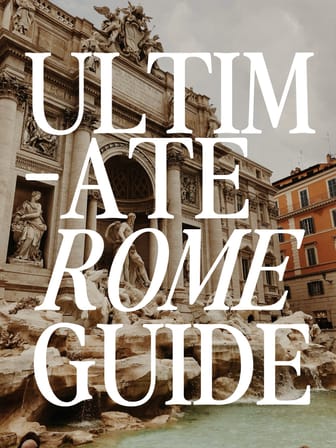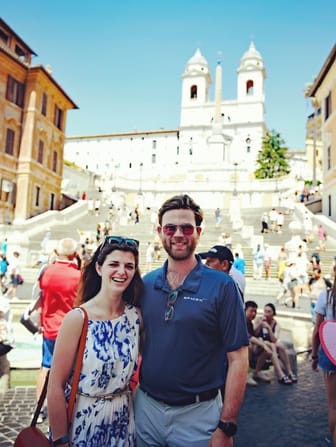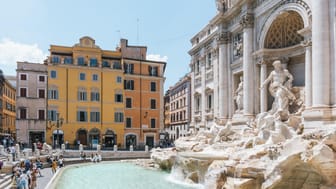Altar of the Fatherland

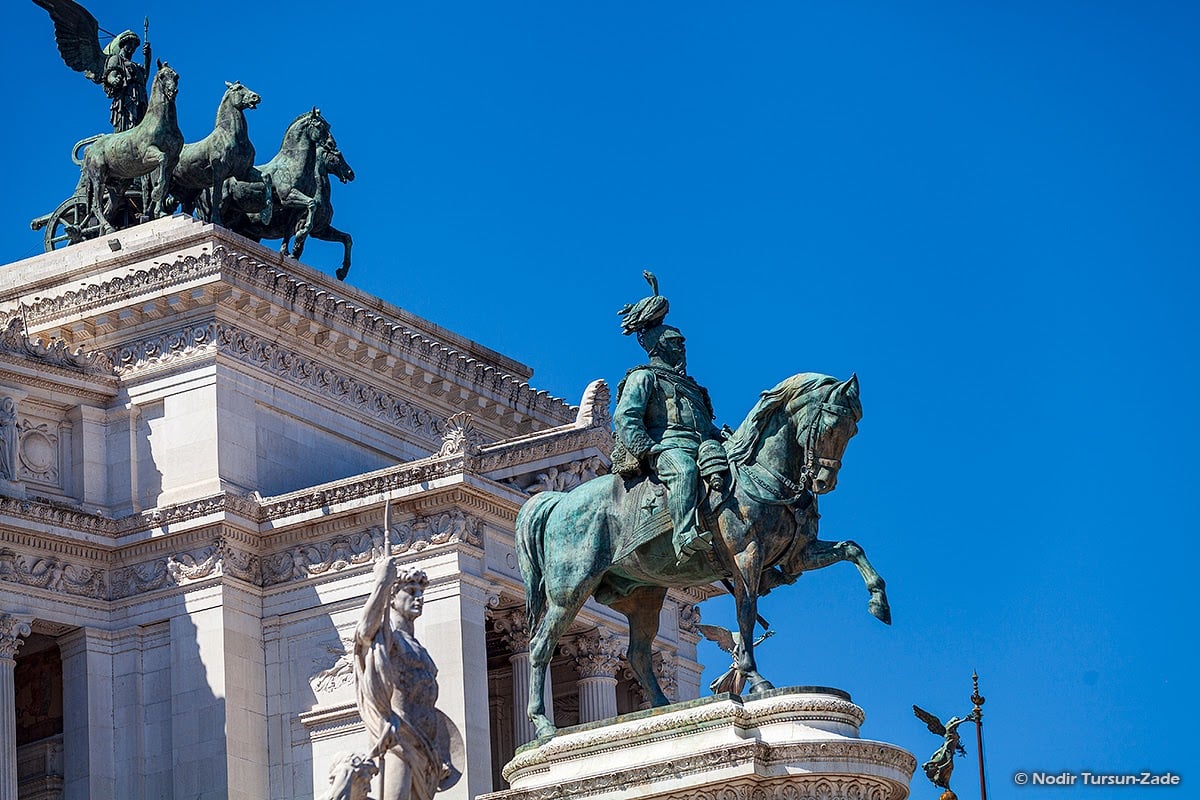

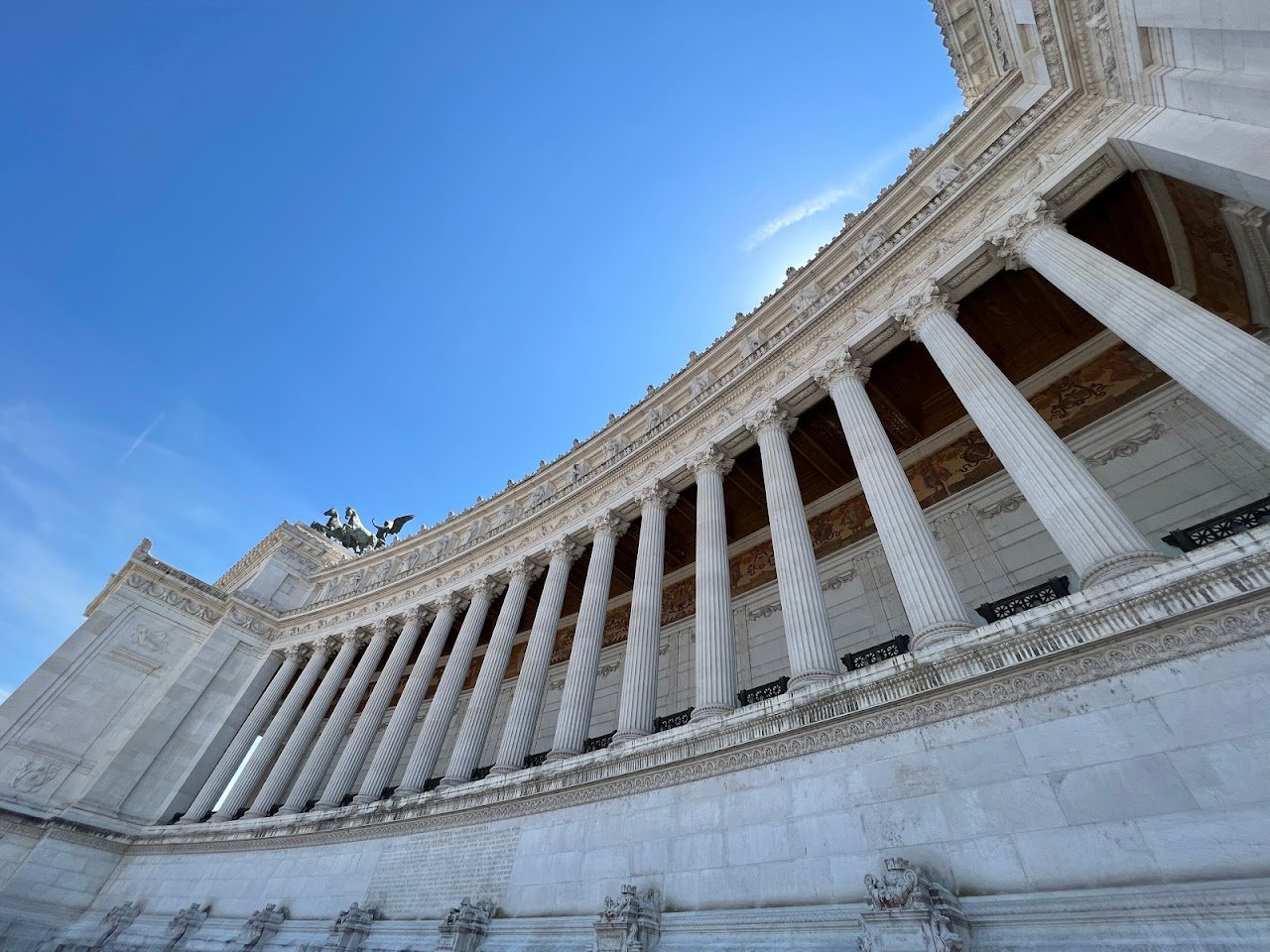
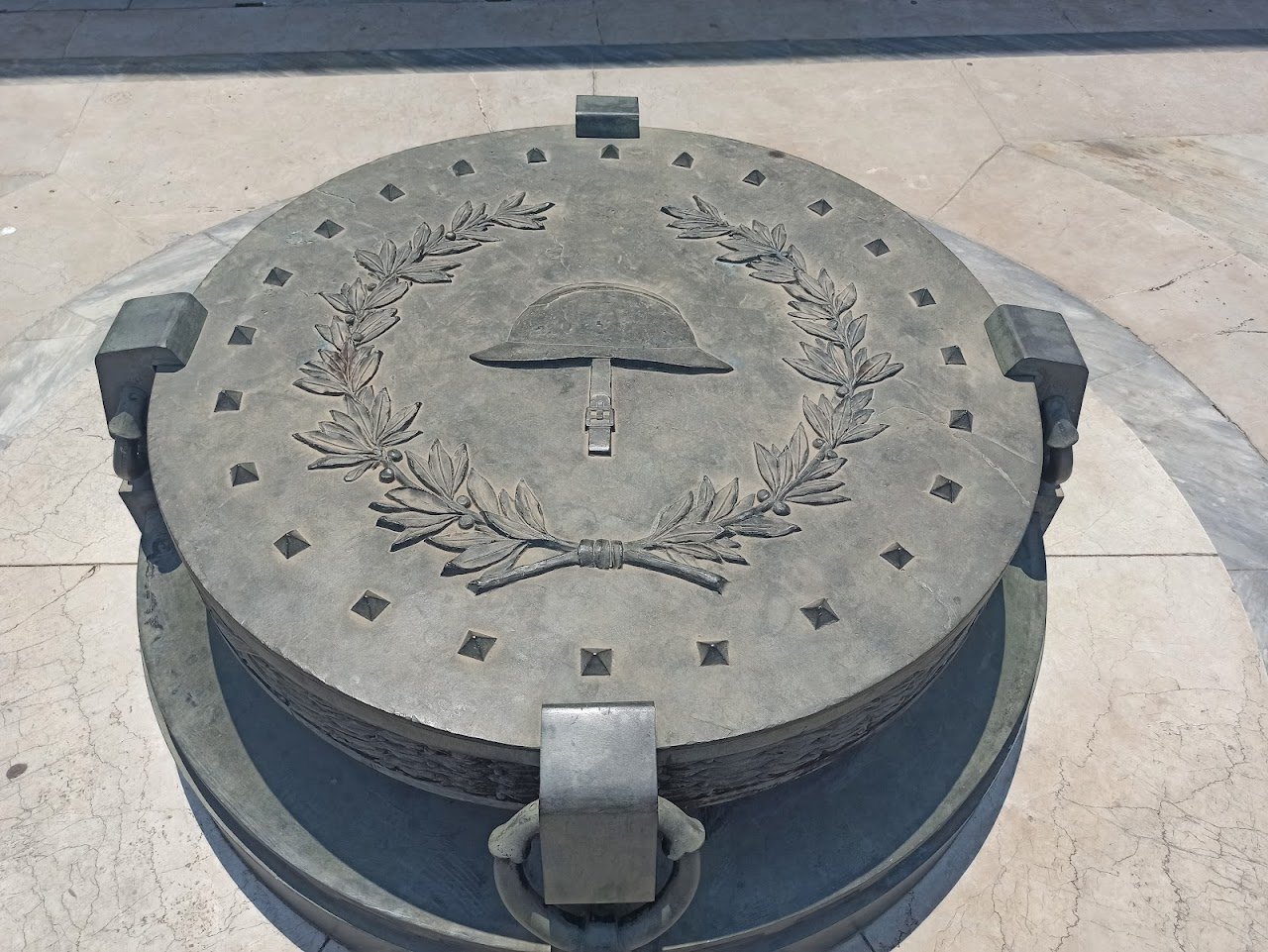
Ask ThatchGPT
Suggest a local expert to plan my trip
Suggest an unique itinerary for my Italy trip
What foods do Italy locals eat
What are some true hidden gems in Italy
Help me brainstorm trip ideas for Italy
Help me plan a family-friendly trip to Italy
What people say
Pedro Pereira
Available for hire
"The Altar of the Fatherland, also known as the Vittoriano or Il Vittoriano, isn't just a monument; it's a symbol of national pride that dominates Piazza Venezia in Rome, Italy. This visually striking landmark boasts a rich history and offers a captivating experience for visitors.
Built between 1885 and 1935, the Vittoriano was originally named the National Monument to Victor Emmanuel II, the first king of a unified Italy. Its construction marked a significant turning point in Italian history, symbolizing the country's unification after centuries of fragmentation. The very location of the monument, Piazza Venezia, was strategically chosen to emphasize this newfound unity.
The Vittoriano itself is a masterpiece of neoclassical design. Constructed from white marble, it features an elaborate array of statues, friezes, and reliefs depicting scenes from Italian history and mythology. Two imposing equestrian statues flank the monument's base, with Victor Emmanuel II on horseback prominently displayed. The central feature is the Altar of the Fatherland, a sacred space dedicated to fallen Italian soldiers. A perpetual flame burns here, a powerful symbol of remembrance and national unity.
Visitors can delve deeper into the monument's significance with a trip to the rooftop terrace. An elevator ride whisks you up to a vantage point offering breathtaking 360-degree views of Rome. From this perspective, you can admire iconic landmarks like the Colosseum, the Roman Forum, and St. Peter's Basilica, all sprawled out before you.
The exploration doesn't end there. The Vittoriano also houses a museum dedicated to the Risorgimento, the 19th-century movement that led to Italy's unification. Exhibits showcase this pivotal period in Italian history through documents, artwork, and artifacts. Additionally, the Central Institute for Risorgimento Studies, a library and archive specializing in Italian unification research, is housed within the monument.
Planning your visit to the Altar of the Fatherland is easy. The monument is open to the public daily, with extended hours during the summer season. There's an admission fee to enter the museum and access the rooftop terrace. Public transportation is the most convenient way to reach Piazza Venezia, as parking can be limited in the area. As with most historical and religious sites in Italy, remember to dress modestly when visiting the Vittoriano, covering your shoulders and knees.
The Altar of the Fatherland stands as a powerful testament to Italian history and national identity. A visit offers a chance to appreciate its grand architecture, learn about the country's unification, and gain a broader perspective of Rome's cityscape, all while enjoying breathtaking panoramic views."
Read more in:
Linda Miller
"The Altar of the Fatherland (Italian: Altare della Patria) is a large national monument built between 1885 and 1935 to honour Victor Emmanuel II, the first king of a unified Italy, in Rome, Italy. It occupies a site between the Piazza Venezia and the Capitoline Hill.
The monument was designed by Giuseppe Sacconi and is built in a neoclassical style. It is made of white marble and is decorated with a variety of sculptures and reliefs. The central part of the monument is a large staircase that leads up to a platform on which stands a statue of Victor Emmanuel II on horseback.
The Altar of the Fatherland is also known as the Vittoriano, after Victor Emmanuel II. It is sometimes referred to as the "Wedding Cake" or the "Typewriter" due to its appearance.
"
Read more in:
Thomas Hill
Available for hire
"Here you have two options, the first being the lower terrace with a lovely view down to the roman forum and colosseum, free of charge. For one of the best views in Rome, pay for the ticket and reach the top terrace. This is one of the most breathtaking viewpoints in Rome, looking onto the colosseum and beyond on one side, and the whole ancient centre on the other."
Read more in:
Mentioned in these guides
About Altar of the Fatherland
Get the inside scoop on Altar of the Fatherland from local experts, travel creators, and tastemakers. Browse genuine trip notes, Altar of the Fatherland reviews, photos, travel guides, and itineraries from real travelers and plan your trip with confidence.
Phone
Save this spot for later or start mapping out a new trip today
Try our AI Travel Assistant and get instant answers to any questions about your trip.
Ask ThatchGPT
